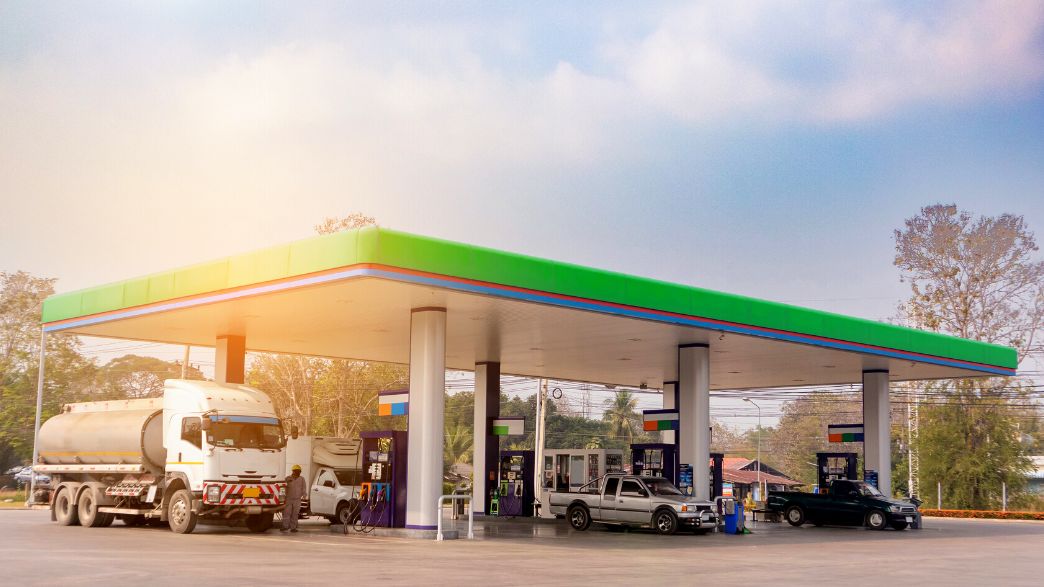Biogas has become a protagonist in the decarbonization of the transport sector, boosting urban mobility and energy transition.
The relationship between biogas and urban mobility is an increasingly present theme in discussions about the planet’s climate future. The search for alternatives to reduce the pollution caused by vehicles powered by fossil fuels has led governments and companies to invest in new technologies. One of the solutions that is gaining space is biogas, a natural gas produced from the decomposition of organic matter.
In addition to biogas being used to generate electricity, heat environments or even for industrial purposes, it can also be used as fuel for vehicles, generating less pollutants than gasoline or diesel engines. Another benefit of this raw material for urban transport is the contribution to reducing costs with vehicle supplies.
According to the Institute of Energy and Environment (IEMA), in the large capitals of Brazil, cars are responsible for 60% of the total emission of greenhouse gases, with only 30% of the population using this type of transport. This data demonstrates the need to include urban mobility in the agenda for building a public policy capable of reducing the carbon footprint.
Biogas as biofuel
Biogas can be used to produce energy-rich fuels such as biomethane, biojet fuel and biomethanol, as well as electrical power and thermal energy. It can also be used as a substitute for traditional fuels such as oil, electricity and heat.
The gas resulting from the decomposition of organic matter is used as an alternative to gasoline, diesel and aviation kerosene. Thus, by creating a fourth energy production route, biogas can help reduce the environmental impact of other fuel production methods, facilitating the total decarbonization of the Brazilian energy matrix.
The importance of replacing these fossil fuels is portrayed by the Brazilian Institute of Petroleum and Gas (IBP) and by the Energy Research Company (EPE). According to these entities, replacing fossil diesel with green diesel can contribute to a reduction of between 50% and 90% of greenhouse gas emissions.
Switching to gasoline, in addition to contributing to the decarbonization of the economy, considering the growing demand and dependence on oil exporting regions, can be an opportunity to lower the cost and facilitate access to this fuel.
In the case of aviation, which is one of the sectors that most emit greenhouse gases in Brazil, around 17 million tons, one way to replace traditional fuel is to produce biokerosene (BioQAV) using biogas or biomethane.
In this case, in addition to being able to be produced locally to serve the regional market, its physical and chemical properties remain the same as those of fossil fuel, avoiding the need to adjust aircraft to use it.
Biogas in Brazil and in the world
In Brazil, according to EPE’s 2022 National Energy Balance, the transport sector is the largest consumer of energy, responsible for 32.5% of Brazilian energy demand, and is also the sector that emits the most greenhouse gases (GHG).
Therefore, regardless of the technological route, it is important to emphasize that biomass is the starting point for the production of advanced fuels, with its products as protagonists in the decarbonization process.
After all, this source is renewable, firm and dispatchable, standing out in this context with great potential to contribute to the expansion of this market. Biogas plants can act as suppliers of renewable electrical energy for the charging stations, or even supply the biogas to be transformed into renewable hydrogen.
In this sense, several automobile companies, in Brazil and around the world, are already investing in biogas and biomethane as fuel sources. All with the aim of contributing to environmental preservation with less fossil fuels by adapting vehicles.
Did you like the content? To learn more about biofuels, read this content.

Comment